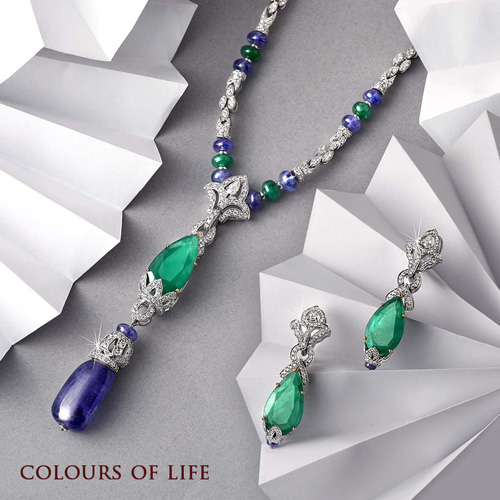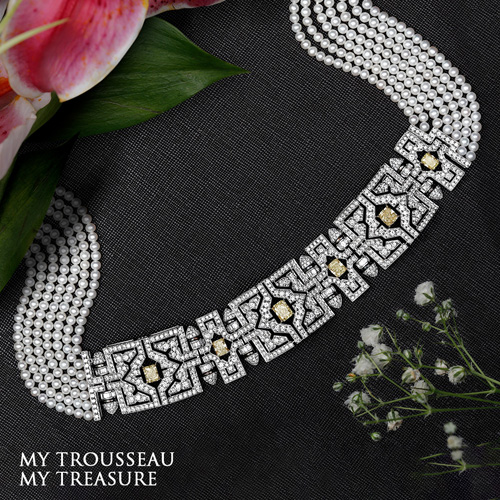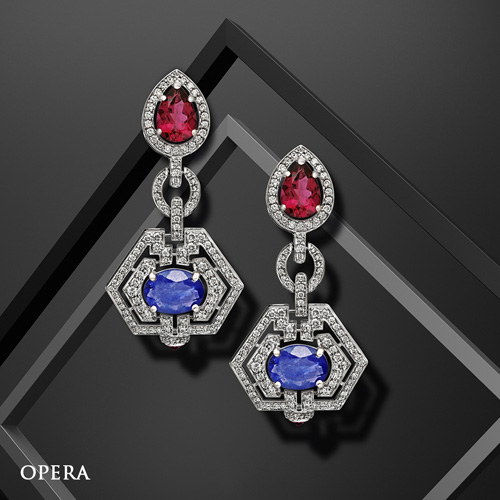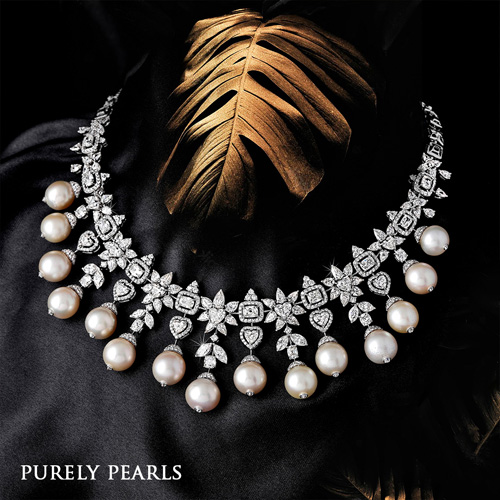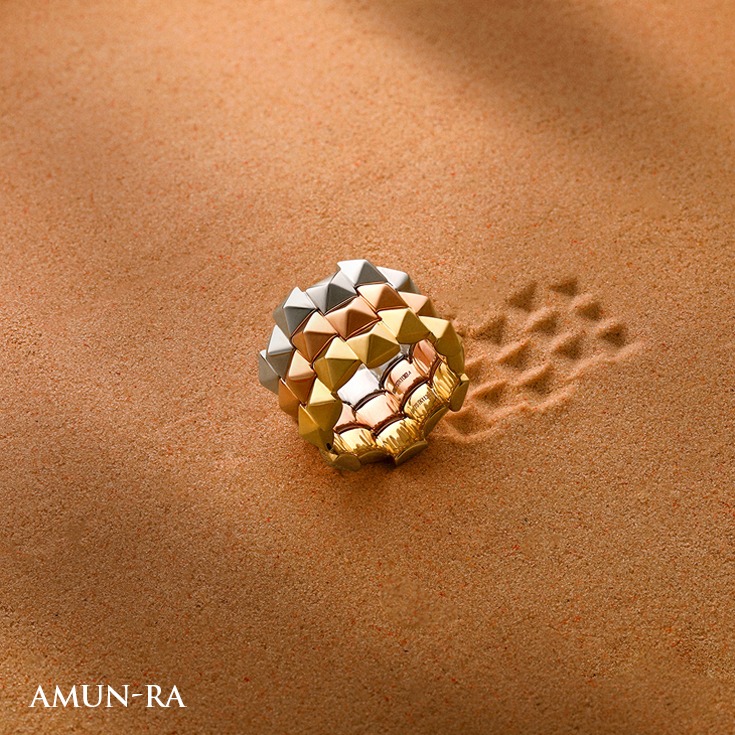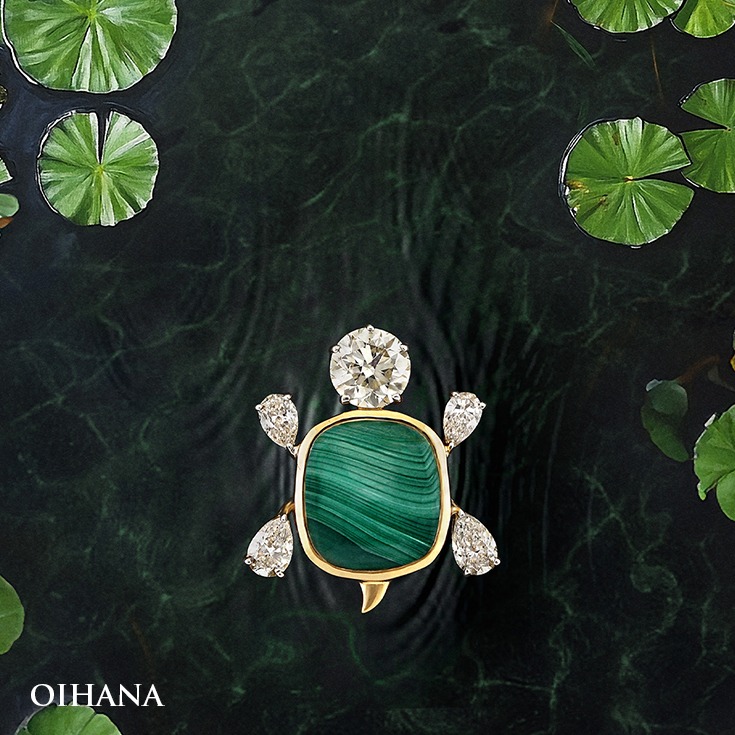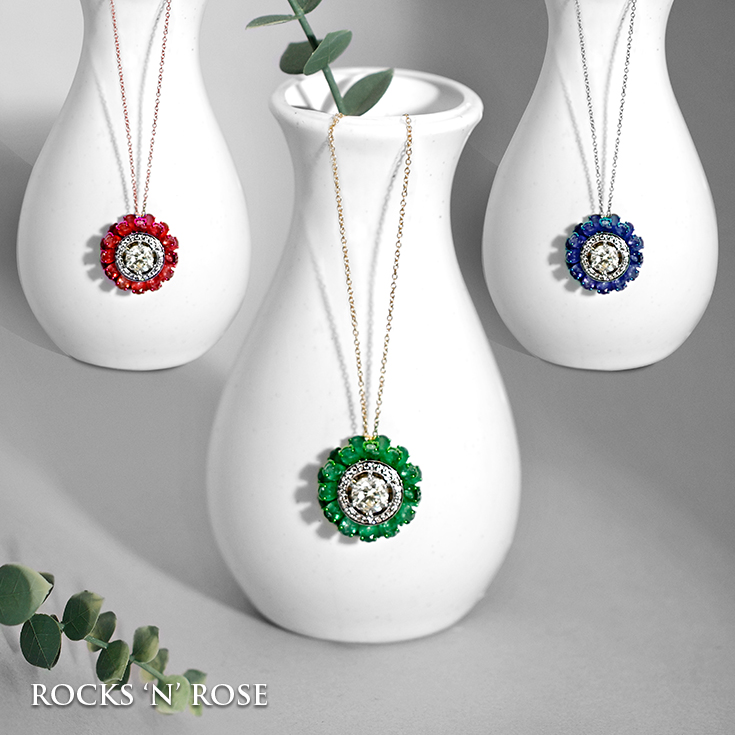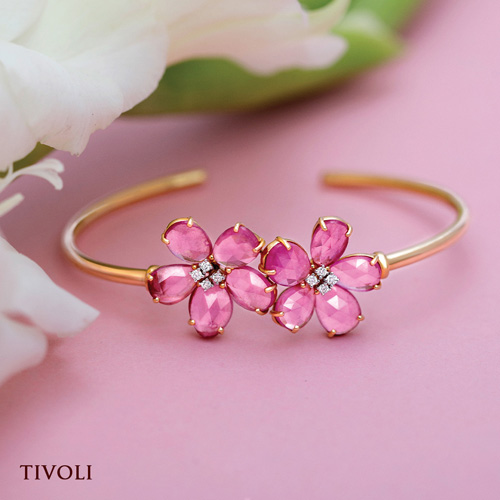OUR COLLECTIONS
At Rose, we have an indulgent collection of Diamond and Precious Gemstone Jewellery that is fit for every style and occasion.
Diamond Jewellery Designs
BUY LUXURY DIAMOND JEWELLERY ONLINE
Discover a unique range of luxury, designer diamond jewellery online, crafted to suit your taste and many moods. At Rose’s e-store, you can discover our collection of the latest in, diamond bridal jewellery, and fine jewellery online. Online shopping for bespoke, high-end designer diamond jewellery has never been so easy! With one click, you can order diamond and pearl bridal necklaces, daily wear bracelets, diamond cocktail rings, luxury diamond earrings, and an all-inclusive range of diamond jewellery designs online in India and globally with free nationwide and international shipping.
THE ROSE LEGACY: ONLINE SHOP FOR LUXURY JEWELLERY IN INDIA
Exquisite design, distinguished craftsmanship, unparalleled luxury, and a legacy that tells a captivating tale —Rose is one of India’s leading luxury diamond jewellery brands, standing toe to toe with international jewellery brands in India. Founded in 1981, the name “Rose” was chosen from the eponymous flower. It signifies beauty, power, royalty, and romance. Early on, the brand’s founders understood the value of Indian craftsmanship and made it their mission to master and preserve it. Rose’s jewellery is the perfect amalgamation of the rich design aesthetic of the East blended with the inventiveness of the West.
Rose is one of India’s leading jewellers of diamond and gemstone jewellery. With a four-decade heritage, Rose has been known for its exquisite craftsmanship and unique diamond jewellery designs. Known for its bespoke luxury bridal jewellery, Rose’s jewellery is truly one-of-a-kind. Apart from our intricate craftsmanship and attention to detail, Rose is a highly trusted brand name in luxury designer Jewellery. Our creative director, BeeVee, is a master gemstones and diamond jewellery designer whose creations are breathtaking and authentic. Each jewellery piece sold by Rose is certified externally by a Gem Laboratory, DGLA and comes with a one-year warranty of free servicing and polishing.
ALL YOUR DIAMOND JEWELLERY NEEDS UNDER ONE ROOF
At Rose, we have a wide range of luxury and ready-to-wear designer diamond jewellery, including – bridal jewellery sets, bridal necklaces, luxury diamond necklaces, other neckpieces, luxury pendants jewellery, bracelets, rings, and earrings. Explore our wide variety of bridal jewellery and fine, designer jewellery online in India’s first luxury jewellery e-store, the finest amongst all diamond jewellery brands online. We have multiple unique, high-end fine jewellery collections that are designed for every mood and occasion. Our collections for bridal jewellery include Treasures, My Trousseau My, Treasure, and Purely Pearls. We also have a wide variety of fine jewellery that includes Colours of Life, Tivoli, and Rocks N Rose. Apart from the available collection, we also customize bespoke jewellery as per your particular requirements. If you would like to see our high-end jewellery online collection in person our sales team would be happy to help you with a virtual or in-person, consultation or welcome you safely to both our stores in Mumbai and New Delhi.


